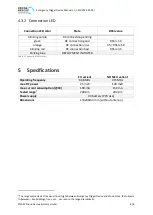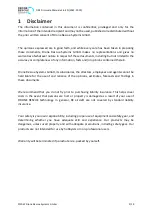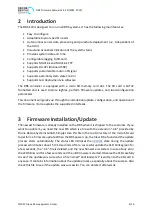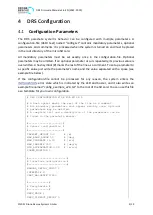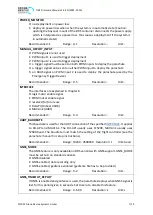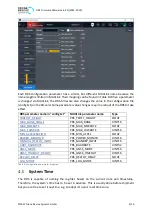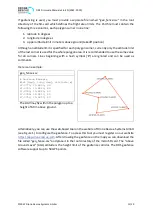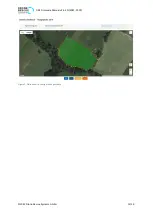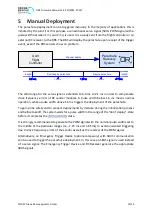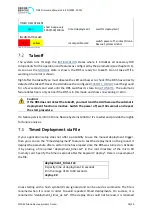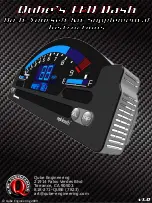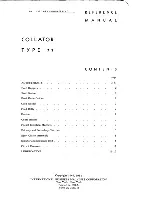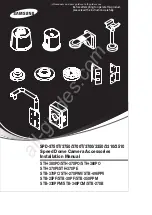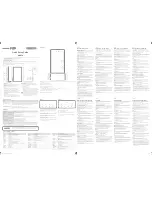
DRS Firmware Manual v2.6-EN (2022-07-19)
©2022 Drone Rescue Systems GmbH
13/19
5
Manual Deployment
The parachute deployment can be triggered manually. In the majority of applications this is
initiated by the pilot. For this purpose a conventional servo signal (50 Hz PWM signal with a
pulse width between 1 ms and 2 ms) is used. It is usually sent from the flight controller or an
external RC receiver to the DRS. The DRS will deploy the parachute upon receipt of the trigger
event, even if the DRS sensors show no problem.
The valid range for the servo signal is extended to 0.9 ms to 2.1 ms in order to compensate
clock frequency errors of RC sender modules. A pulse width below 1.6 ms means normal
operation, while a pulse width above 1.6 ms triggers the deployment of the parachute.
To gain some safety and to prevent deployments by mistake during the initialization process
and before takeoff, the system waits for a pulse width in the range of the "don't deploy"-state
before it completes the
It is strongly recommended to generate the PWM signal with the nominal pulse widths set to
the middle of the particular ranges (i.e., 1.25 ms and 1.85 ms) to avoid unwanted triggering
due to clock frequency errors of the sender as well as the receiver of the PWM signal.
Alternatively, an Emergency Trigger Device (optional accessory) with SBUS communication
can be used to trigger the parachute deployment. In this case an SBUS signal is used instead
of a servo signal. The Emergency Trigger Device and RC Receiver generate the appropriate
SBUS signals.


